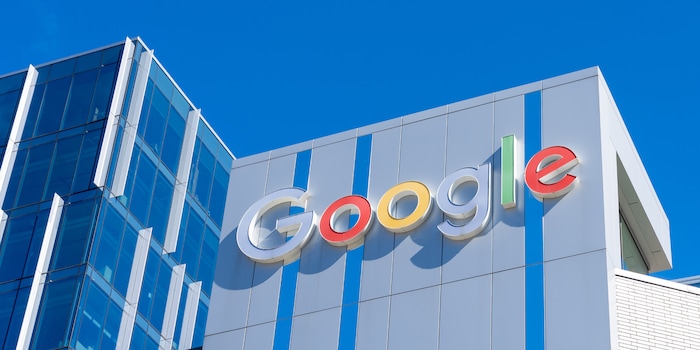
"Like watching 9 seconds of TV" - my arse: Google glosses over AI resource utilisation
AI queries don't cost much, Google claims in a new, self-published study. However, experts accuse the company of calculating with unrealistic figures.
Conversations with AI chatbots feel trivial. But behind them are huge data centres that require a lot of energy to operate, among other things. Suppliers of AI models are repeatedly confronted with accusations that their AI chatbots consume too many resources. The popular response to this is that AI models are becoming increasingly efficient and require less energy. However, global use is increasing rapidly.
Google, as the operator of its AI model Gemini
wants to counter these critical voices with a new study. According to the study, one request to Gemini costs as much energy as nine seconds of television (0.24 Wh) and five drops of water to cool the processors (0.26 millilitres). At the same time, greenhouse gases equivalent to 0.03 grams of CO2 are emitted.
Lack of context and no scientific judgement
That doesn't sound like much. But with more than 500 million visitors to the Gemini website per month - which means many times more individual requests to the bot - the small values add up enormously.
It would also be interesting to know how much a normal query to Google's search engine costs without AI involvement. However, the study does not answer this question. For context: An estimate from February 2025, which compares Google searches with queries to Gemini's competitor ChatGPT, speaks of around ten times higher energy requirements (0.0003 kWh versus 0.0029 kWh) for AI queries.
The study has also not undergone the scientific peer review process. In this process, independent researchers put the paper through its paces and can formulate objections before the research is published. And according to The Verge, there are many objections, as Google apparently omits important key figures and calculates with embellished values.
In addition, the study was carried out by Google itself, not by an independent institute. The company states that the calculated values «are significantly lower than public estimates»: Google has a vested interest in significantly undercutting these public estimates. «We have calculated this ourselves», writes the company in the title of its press release - and that shows where the problem lies.
Modelling rather than calculating
On The Verge, experts such as Shaolei Ren and Alex de Vries, who are both researching the energy consumption of AI models themselves, are speaking out.
The two criticise the fact that Google uses median values when calculating energy and water consumption, while other relevant research is based on average values. Median values gloss over the values as no outliers are taken into account, while average values include the total consumption. Google also does not provide details on which prompts the median figures are based on.
In addition, according to Ren, Google does not include indirect water consumption: Only the water needed to cool the servers is taken into account, he said. However, the largest water consumption is in electricity generation, for example for cooling nuclear power plants. Ren himself calculates 50 millilitres of water consumption per request to a chatbot - Google's figure is many times lower at 0.26 millilitres.
According to the two experts, Google also uses unrealistic data when it comes to carbon emissions. Google's study refers to general market emissions data, which also takes into account commitments to promote renewable energies. However, site-based data, i.e. figures that reflect the actual energy mix used by the data centres, are more realistic.
Google does state the location-based factors, but does not use them in the calculation. For example, Meta was criticised this year because the company wants to build new gas-fired power plants to cover the energy requirements of its data centres. Google supports the construction of nuclear power plants, which are expensive and energy-intensive to build, as is the disposal of the fuel used.
Google's new study should therefore be seen as a pseudo-scientific marketing stunt rather than a serious attempt to address the problems it has caused.
Feels just as comfortable in front of a gaming PC as she does in a hammock in the garden. Likes the Roman Empire, container ships and science fiction books. Focuses mostly on unearthing news stories about IT and smart products.
From the latest iPhone to the return of 80s fashion. The editorial team will help you make sense of it all.
Show all